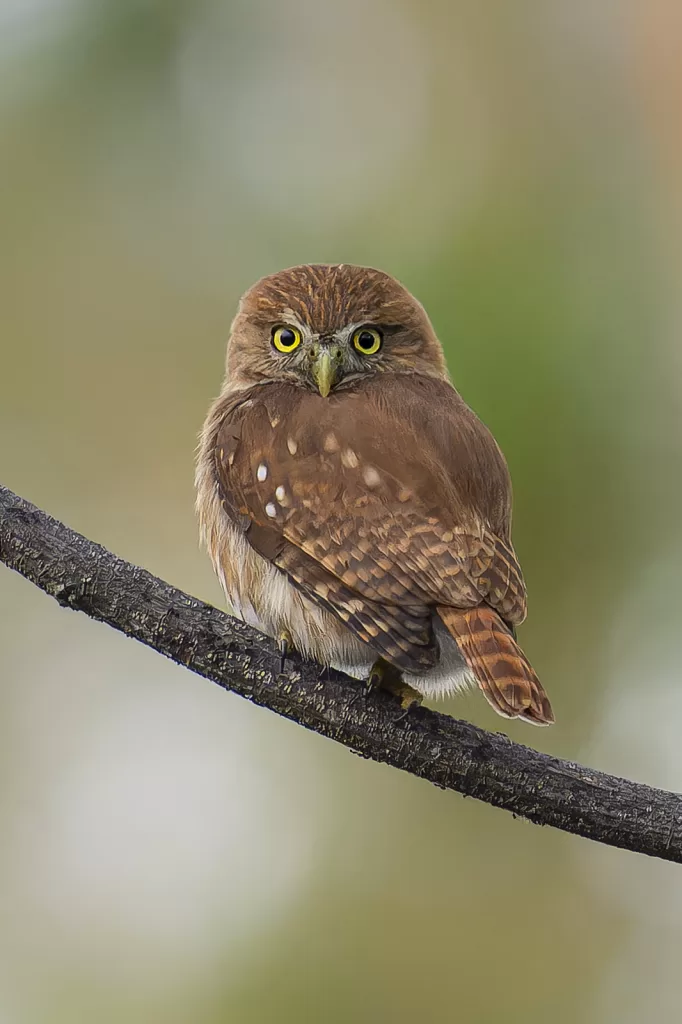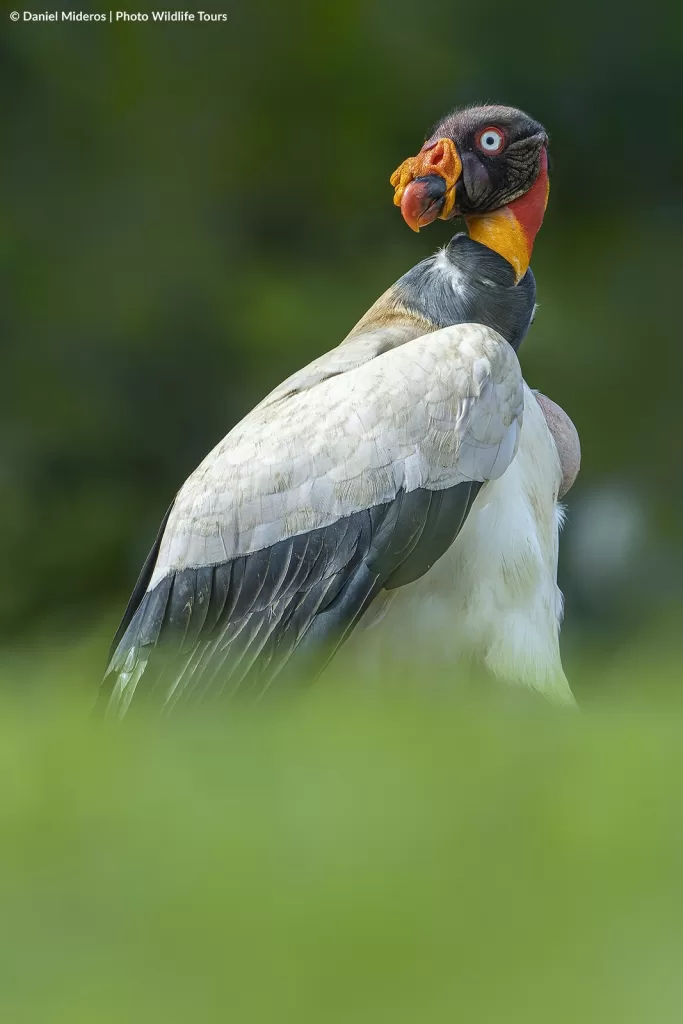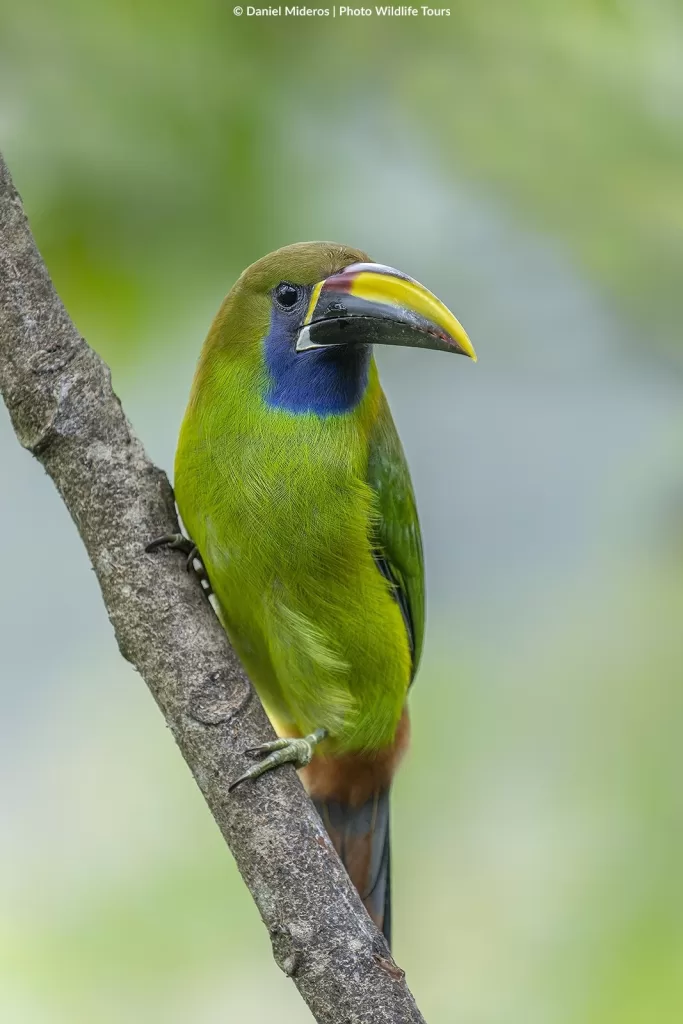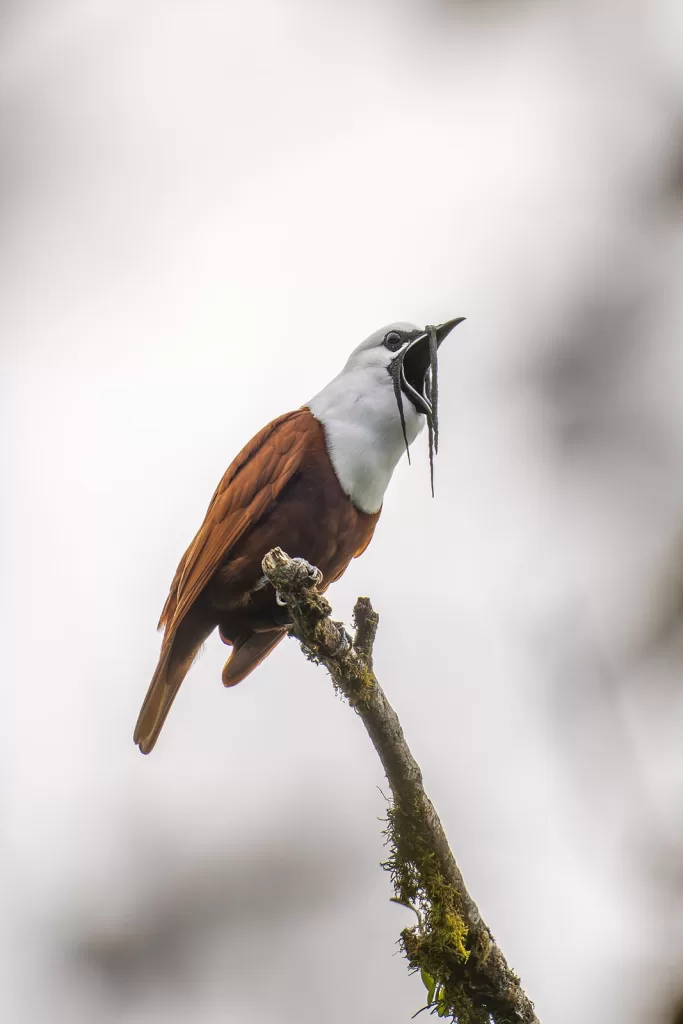Bird Tour Costa Rica
Scroll down
About the Tour
This 11-day tour in Costa Rica is designed for birdwatching and photography across diverse ecosystems, from tropical rainforests to wetlands and mountains. It begins in San José and visits iconic locations such as the Caño Negro wetlands, the cloud forest of Tenorio, and the Talamanca highlands, where the iconic Resplendent Quetzal can be found. The itinerary includes visits to bird feeders, specialized hides for the King Vulture, and boat tours for aquatic birdwatching. The trip offers accommodation in quality hotels, private transportation, and a specialized guide.
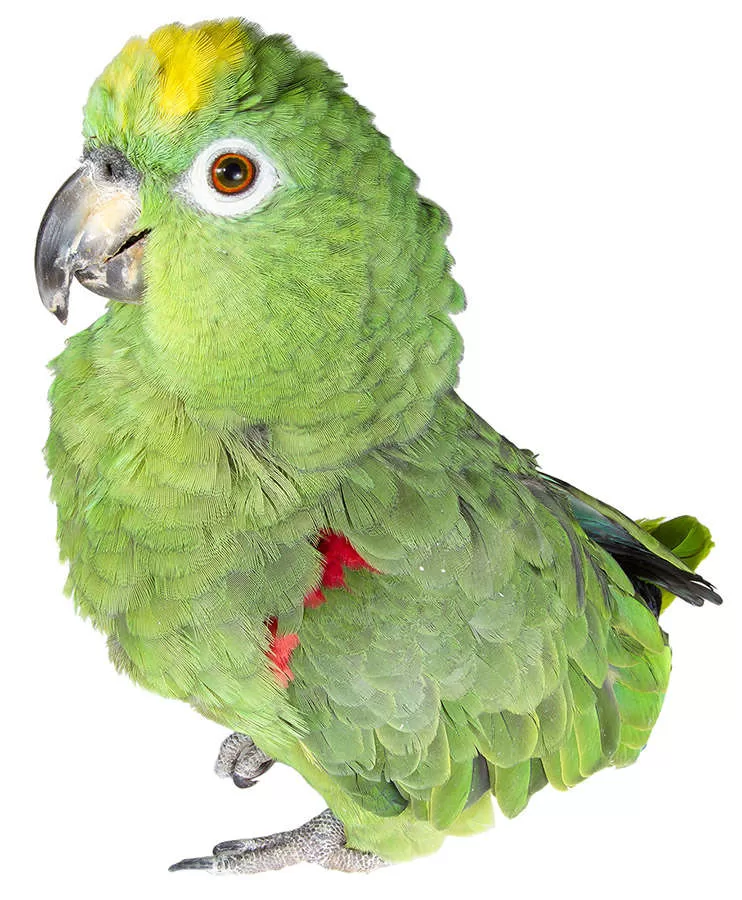
Date
All year
Activity level
Available spaces
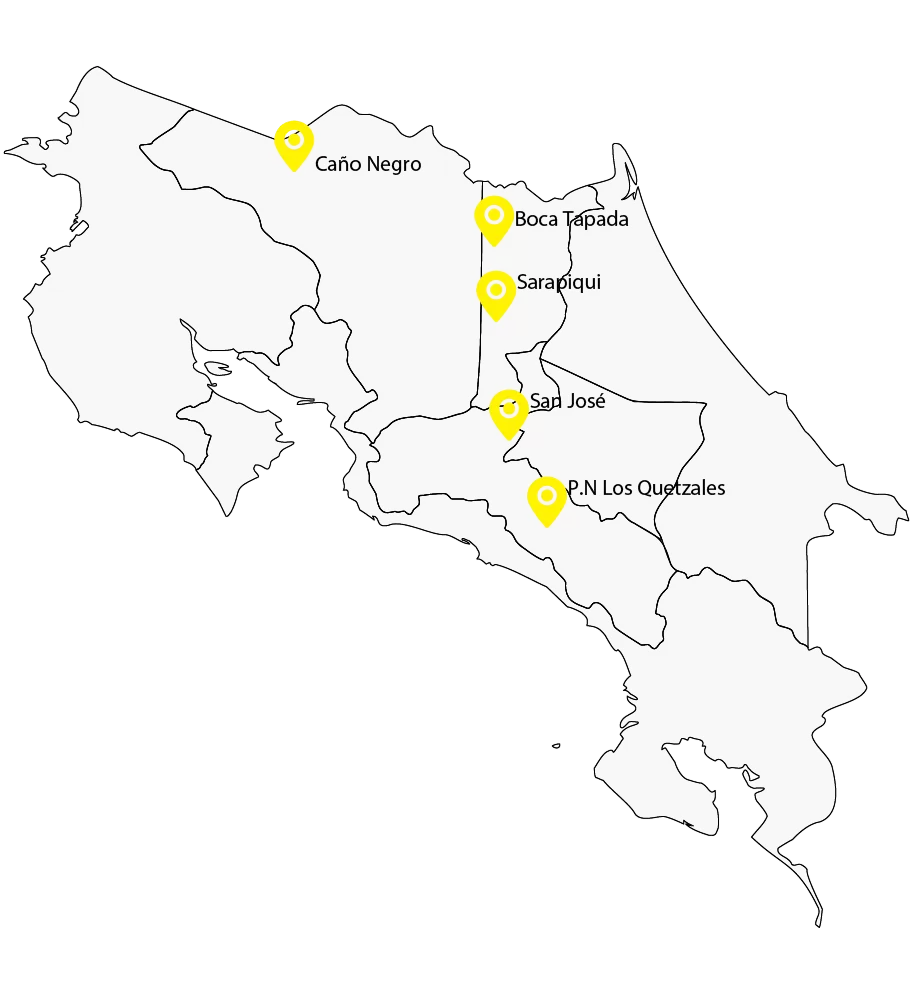
Itinerary
Day 1 | Arrival day
Arrival at the Juan Santa Maria Intl. Airport, Costa Rica.
You will be welcomed at the airport by your driver holding a sign with your name. Immediately we will start the drive to the hotel for rest. If time and flights allow it we might do a short walk in the gardens of the hotel to see species of birds like a Spot-breasted Oriole, Lesson’s Motmot and Ferruginous Pygmy-Owl and White-eared Ground-Sparrow.
At night we will have dinner at 6:30 pm at the hotel. Please kindly note that lunch is not included in the arrival day so consider this if your flights arrive earlier than mid day.
Also the hotel restaurant closes at 8:00pm so if your flight arrives later than this you might need to preorder a salad or a sandwich that will be served in your room.
Accommodation: Bougainvillea Hotel or similar
Day 2-3 | Northern Rainforest
We will have breakfast at 7am and then we will drive to the north area with a stop in Cinchona Feeders to enjoy birds like Coppery-headed Emerald, White-bellied Mountain- gem, Brown Violetear, Red-headed Barbet, Northern Emerald-Toucanet, Prong-billed Barbet among others.
We will drive to The nest Nature Center to photograph a White-collared Manakin dancing from a comfortable hide, we might have lunch here and spend the afternoon at the feeders for another birds like Crested Guan, Red-legged Honeycreeper, Keel- billed, Yellow-throated Toucans and Black-crested Coquette.
Spectacled and Stripe Owl have a roosting site in this property. You can enjoy the bird feeder and take photos of Collared Aracari, Orange-chinned Parakeet, Golden-hooded and Passerines Tanagers that provide so much fun and the interactions of all these birds for the best bananas always gives unique photo opportunities.
Next day around 6am go to the Boca Tapada area where there is a specific open area for the use of a hide to attract King Vulture and try to get photos of this stunning raptor. We will have lunch here and spend the rest of the afternoon at Eduard’s Garden where a Cinnamon Woodpecker comes to eat coconut and hummingbirds are seen and easily attracted to real flowers like Long-billed Hermit, White-necked Jacobin and Scaly-breasted Hummingbird, then we will go to a specific area with a Great Green Macaw nest to photography.
Back to The Nest around 5pm and have dinner in the town.
Night at Casa Oropendola or similar
Day 4-5 | Northern Wetlands
Early birding morning around the hotel, we will start our drive to the spectacular wetlands of Caño Negro. A unique system of wetlands in the north zone of Costa Rica that is maybe the best place in Central America to get all species of Kingfishers and other waterbirds. We will have lunch on the road and get to this stunning place stopping first at a wetland called Medio Queso to do our first boat ride looking for Pinnated Bittern, Nicaraguan Seed Finch, Yellow-breasted Crake, White- throated Flycatcher, Lesser Yellow- headed Vulture, Jabiru among others.
Next day we will start early in the morning to do our second boat ride to get water birds like Sungrebe, Black-collared Hawk, Snail Kite, Boat-billed Heron, Green Ibis and the elusive Agami Heron.
Afternoon we will evaluate if we still have targets left and we might take advantage of a third boat trip to get all missing targets of this super diverse ecosystem and go down the river to look for birds like Pacific Screech-owl on day roost, American Pygmy and Green-and- rufous Kingfishers among others that are usually harder to find on our first attempt.
Accommodation: Night at Caño Negro Natural Lodge or similar
Day 6-7 | Tenorio Volcano Area
Birding before breakfast in hotel grounds and wetland edges looking for Nicaraguan Grackle, Spot-breasted Wren and Red-breasted Meadowlark and then drive to Rio Celeste Area, stopping to birdwatch at BirdSongs Garden, an small garden full with local verbena flower and usually an excellent place for Black-crested Coquette, Violet-headed Hummingbird, Snowcap, Bronze-tailed Plumeleteer among others. Lunch in the hotel or on route (depending on time) and then to hotel for a short break and birding again in late afternoon around the hotel.
The second day in the Tenorio area we will start either with a pack breakfast or with an early breakfast to head the whole morning to a reserve called Tapir Valley. An amazing super pristine foothill rainforest with amazing species like Tody Motmot, Bare-necked Umbrellabird, Striped Woodhaunter, Northern Schiffornis, White-tipped Sicklebill, Rufous-winged Tanager (a true specialty of this area), Purplish-backed Quail-dove and many others.
In the afternoon we will visit Heliconias Lodge where we have fair chances for the super rarity Black-eared Wood-quail, maybe the rarest wood-quail in Costa Rica.
Accommodation: Celeste Mountain Lodge or similar
Day 8-9 | Talamanca Highlands
We will drive to the Talamanca Highlands, have lunch on the road at Canopy San Luis where we can enjoy birds like Green Hermit, Speckled Tanager, White-throated Mountain-gem, Emerald Tanager, Blue-and-gold Tanager, Violet Sabrewing, among others, then we will go to the farm to enjoy the Three-wattled Bellbird.
Once on the highlands we will stop at the highest point of this road to bird the Paramo. A shrubbery ecosystem with three restricted endemics, the Volcano Junco and Timberline Wren.
Next day in the early morning we will give a chance to one of the most elusive species of the country, the Resplendent Quetzal. Known for many as the most beautiful bird in the world.
Lunch in Paraiso Quetzal Lodge and then a session of multiflash for hummingbirds like Fiery- throated Hummingbird, Talamanca Hummingbird, Volcano Hummingbird, Lesser Violetear, among others. Later on, we will bird around the hotel and we will bird in the gardens and open roads that can produce species like Golden-browed Chlorophonia, Black-thighed Grosbeak, Large-footed Finch, Yellow- thighed Finch, Slaty Flowerpiercer, Peg-billed Finch, Spangle cheeked Tanager, Sooty- capped Bush-Tanager, Black Guan, Sulphur-winged Parakeet, Black faced Solitaire, Black-billed Nightingale-Thrush, Sooty Thrush and Long-tailed Silky Flycatcher.
If time allows we will visit a bird feeder in the lower valley of Savegre and try to get good shots of other birds like Golden-browed Chlorophonia, White-throated Mountain Gem, and Spotted Wood-Quail among others.
Accommodation: Gema del Bosque or similar
Day 10 | San Jose city
After breakfast we will drive to the Orotina area for some bird species like Long-tailed Manakin in lek (with Alvarito).
In the afternoon we will drive to San Jose city with stops along the way if there is any missing target we can get before getting to San Jose.
Accommodation: Bougainvillea Hotel or similar
Day 11 | Flight Home
After breakfast, your guide will drive you to the airport to catch your flights back home on time.
Featured sightings
Included
- 10 nights lodging in excellent quality hotels in a double or single room. Transportation on a spacious car.
- The fuel of the car is included throughout the trip.
- Specialized bilingual guide with Spotting Scope, portable speaker to play-back calls of a bird if necessary and a laser pointer to help locate birds in the field.
- All breakfast, lunch and dinners are included in the respective hotels.
- Entrance fees to:
- Cinchona Feeders.
- Eduards Garden.
- King Vulture Hide.
- Three boat tour in Cano Negro. o CuriCancha Reserve.
- Santa Elena Reserve.
- Alvarito full day in Orotina.
Not included
- Airfare and airport taxes
- Items of personal use, toiletries
- Travel insurance (We highly recommend purchasing travel insurance. In the event that you need to cancel your trip due to medical or other reasons, this insurance will protect you)
- Medical expenses, prescription drugs and other items of personal use.
- Additional tours offered in hotels (Spa, massage, etc.)
- Alcoholic beverages, cigarettes and anything else not listed on the menus of restaurants. Resplendent Quetzal at Talamanca Highlands
- Laundry
- Souvenirs
- Any other expense or extra tour not listed as included above
General tips
For a better experience, it is important to know a couple of factors which will facilitate your stay in Costa Rica:
- If you’d like to take home a couple of souvenirs, we recommend bringing a little extra cash in order to acquire these at the different locations we will be staying at (Local currency is the Costa Rican colón)
. We recommend exchanging around USD 200, or equivalent in your local currency, at the airport. Any other expense we recommend payments by credit card. - Mosquito repellent.
- Sunblock.
- Hats.
- Flashlight (a headlamp is preferable).
- Bags to store wet clothes.
- Water bottle.
- Trekking shoes.
- Warm clothes for the Andes area.
Photographic equipment
As photographers, we know how difficult it is to decide how much equipment to take on trips, as we always want to take all of our equipment with us so that we can take advantage of our experiences. Here is a list of equipment we recommend bringing:
- Wide angle lens
- Zoom lens, range 100-600
- Equipment protector for the rain
- Tripod
- Flash
- Batteries
- Battery chargers
- Cleaning equipment
- Plug adaptor
Clothing
We will experience three types of climates.
In the first part of the trip, we will have a mild climate.
On the second part, we will have warm weather, we recommend bringing long pants, shirts or long-sleeved shirts and a lightweight material that help perspire less.
For our last destination, Talamanca, we will have a Cold weather, so it is important to wear warm and waterproof clothing.
tour leader
He graduated in advertising career at the San Francisco de Quito University.
He worked on his career until 2017, since then he made the decision to live from his passion, nature photography. In the same year he started his own business, Photo Wildlife Tours, in which it is dedicated to wildlife photography tours, and conservation. In addition to other audiovisual projects.
In the year 2022 he became the first Ecuadorian to win a category of Wildlife Photographer of the Year, “Animals in their environment”.
Do you need more information?
- 593 98 904 9567
- [email protected]
- Quito - Ecuador
